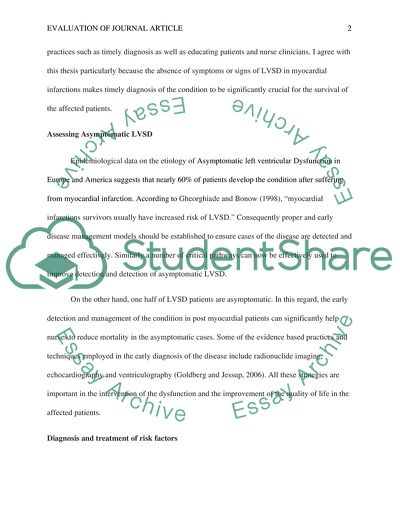Recognizing and Managing Asymptomatic Left Ventricular Dysfunction Research Paper. Retrieved from https://studentshare.org/health-sciences-medicine/1779708-recognizing-and-managing-asymptomatic-left-ventricular-dysfunction-after-myocardial-infarction
Recognizing and Managing Asymptomatic Left Ventricular Dysfunction Research Paper. https://studentshare.org/health-sciences-medicine/1779708-recognizing-and-managing-asymptomatic-left-ventricular-dysfunction-after-myocardial-infarction.


